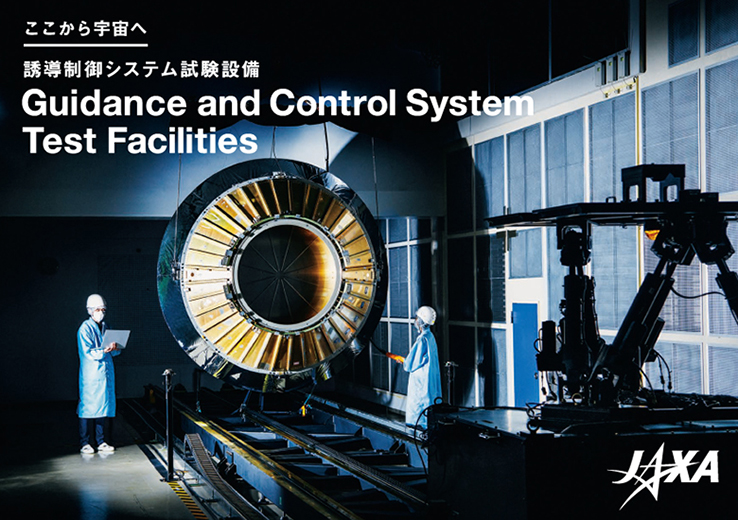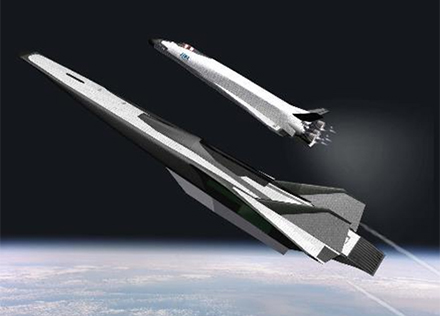The Value of Our Research
The International Civil Aviation Organization (ICAO) has adopted a policy of not increasing carbon dioxide emissions by air transportation to combat global warming. In response to the policy, there is growing momentum for developing hydrogen aircraft, particularly in Europe. The large-scale production of hydrogen fuel and its application in aircraft is considered a medium to absorb fluctuations of electricity generated by renewable energy sources such as large-scale wind power generators. Hydrogen fuel is less expensive than biofuels and more suited to mass production.
It is necessary to develop hydrogen jet engines based on conventional engines if hydrogen fuel is applied to large passenger aircraft. Therefore, we are developing technologies for a hydrogen combustor to burn hydrogen stably, a liquid-hydrogen electric pump to precisely control and supply liquid hydrogen to the engine, and a lightweight composite tank capable of storing liquid hydrogen.

"The Basic Plan for Space Policy" provides a direction for expanding space transportation demand with a High-Speed Point-to-Point Transportation System that can also be applied to private-sector projects to strengthen Japan's competitiveness in space transportation. In addition, the importance of technological development of air-breathing engines is recognized. The engine can significantly reduce the amount of propellant by using air as an oxidizer.
JAXA has been researching and developing a hypersonic hydrogen engine that can be applied to a High-Speed Point-to-Point Transportation System. JAXA has developed a pre-cooled turbojet engine and demonstrated it from takeoff to Mach 4 flight. The design of a combined engine that combines a hypersonic hydrogen engine and a scramjet has been progressed based on the R&D results of the scramjet that can operate at Mach 4-8.

Research Goals
We plan to research and develop hydrogen aircraft technology in cooperation with private companies based on the "Green Growth Strategy" of Japan. We will establish the basic technologies for the hydrogen combustor, liquid-hydrogen electric pump, and liquid-hydrogen composite tank by 2025 and apply them to demonstrate the technology of a hydrogen jet engine.
Next, we plan a technological demonstration of a hypersonic hydrogen engine as a part of the research and development of a Winged Space Transportation System. We will realize a Winged Space Transportation System and High-Speed Point-to-Point Transportation System equipped with air-breathing engines after 2030 by applying the basic technology obtained through the R&D of hydrogen aircraft.











